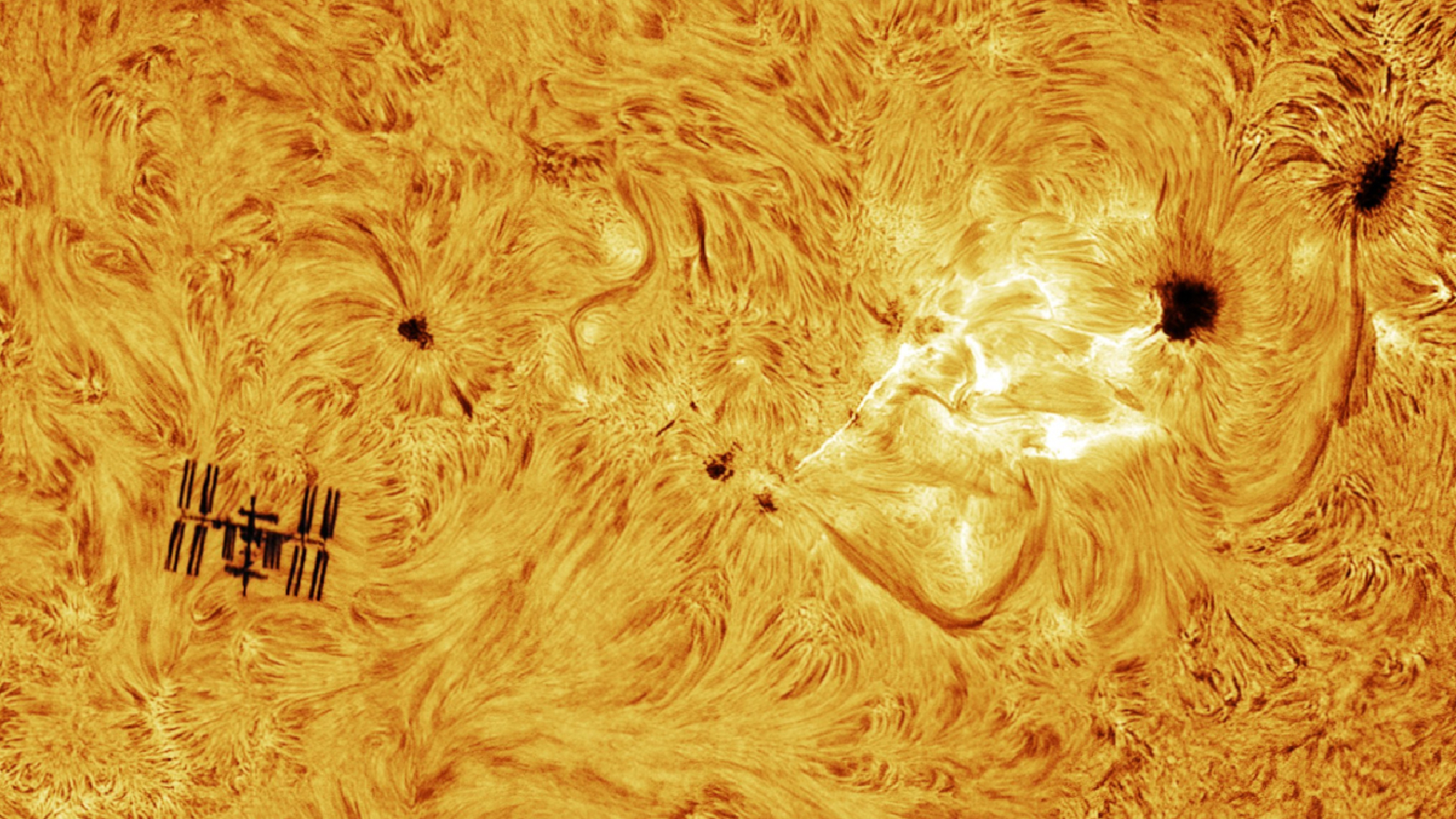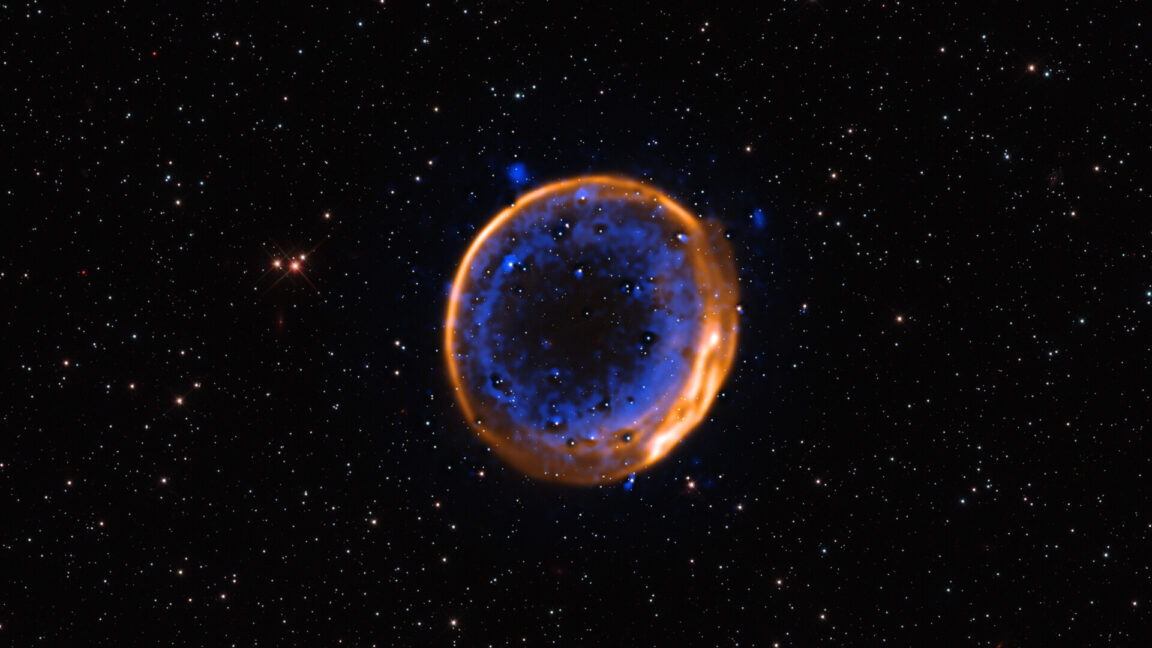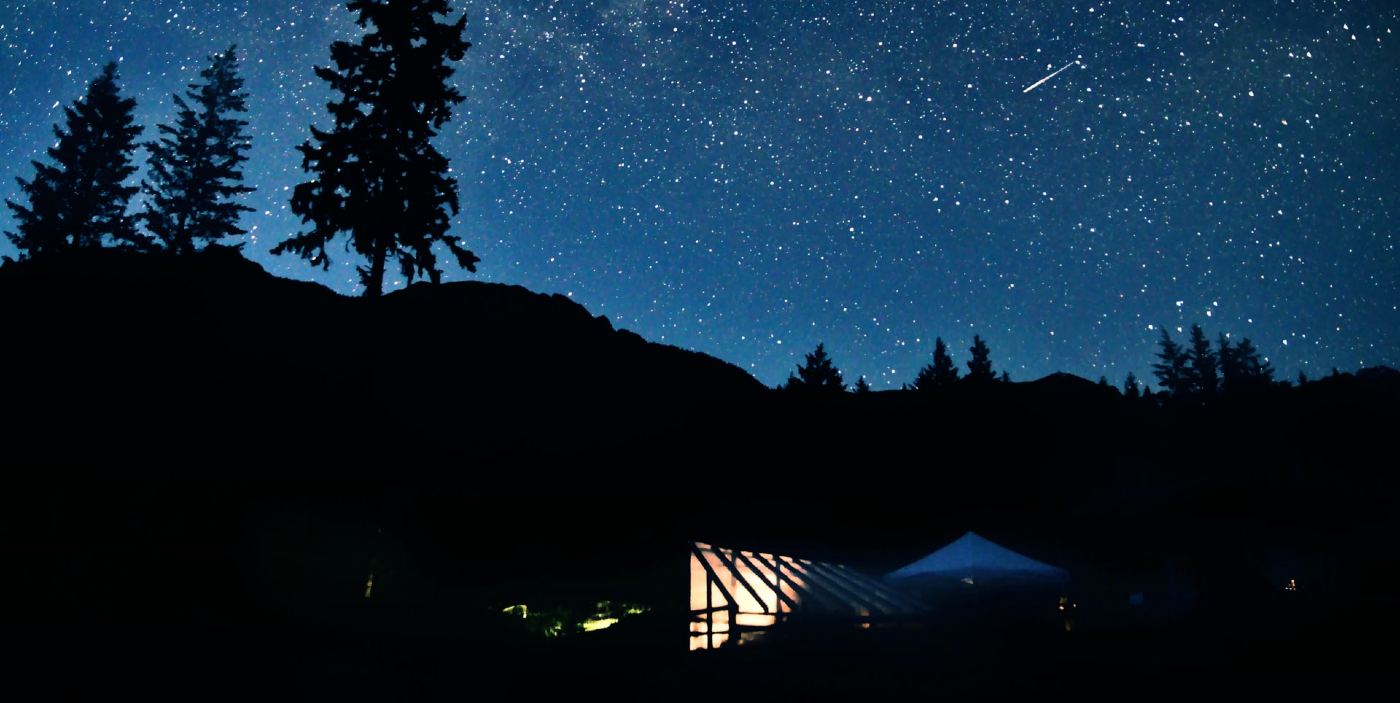Red, white and blue on the Red Planet - upi.com
7/6/25 at 7:38am

On the eve of the 249th anniversary of American independence, NASA on Tuesday showcased a patriotic image of Old Glory as seen from hundreds of millions of miles away.
Viewed by
You are the first to view

Earth's rotation is unexpectedly speeding up, and scientists warn the shortest day in history could be just weeks away.
Viewed by
You are the first to view
New Fossil Discovery Reveals Ancient Tree-Climbing Reptile from the Jurassic Period - Indian Defence Review
7/6/25 at 7:38am

A chance discovery of two separated fossils has unlocked the secrets of Sphenodraco scandentis, an ancient tree-climbing reptile from the Jurassic period.
Viewed by
You are the first to view
Earth Was Once a Scorched Wasteland—Scientists Are Finally Uncovering the Truth - The Daily Galaxy
7/6/25 at 7:38am

250 million years ago, Earth was on the brink of destruction. Scientists finally uncover why our planet nearly died.
Viewed by
You are the first to view
Neanderthal DNA may refute 65,000-year-old date for human occupation in Australia, but not all experts are convinced - Live Science
7/6/25 at 7:38am

A new DNA model suggests humans didn't reach Australia until 50,000 years ago, but archaeological data disagrees.
Viewed by
You are the first to view
Large-scale study adds to mounting case against notion that boys are born better at math - Phys.org
7/6/25 at 7:38am

Twenty years ago, cognitive psychologist Elizabeth Spelke took a strong position in an ongoing public debate. "There are no differences in overall intrinsic aptitude for science and mathematics among women and men," the researcher declared. A new paper in the…
Viewed by
You are the first to view
What Neanderthals and Denisovans Would Look Like Today – IA Weigh In - The Daily Galaxy
7/6/25 at 7:38am

What if neanderthals and denisovans hadn't gone extinct? You won’t guess how they’d fit in today!
Viewed by
You are the first to view
Quantum equivalent of thermodynamics' second law discovered for entanglement manipulation - Phys.org
7/6/25 at 7:38am

Just over 200 years after French engineer and physicist Sadi Carnot formulated the second law of thermodynamics, an international team of researchers has unveiled an analogous law for the quantum world. This second law of entanglement manipulation proves that…
Viewed by
You are the first to view
Astrophotographer snaps 'once-in-a-lifetime' shot of solar flare photobombing the ISS - Live Science
7/6/25 at 7:38am

An astrophotographer has captured an extremely rare and "difficult" photo of a solar flare exploding from the sun at the exact moment the International Space Station passed directly in front of our home star.
Viewed by
You are the first to view
Record-breaking material emits infrared light better than it absorbs it, without violating the laws of physics - Phys.org
7/6/25 at 7:38am

New results published in the journal Physical Review Letters detail how a specially designed metamaterial was able to tip the normally equal balance between thermal absorption and emission, enabling the material to better emit infrared light than absorb it.
Viewed by
You are the first to view
How Smell Guides Our Inner World - Quanta Magazine
7/6/25 at 7:38am

A better understanding of human smell is emerging as scientists interrogate its fundamental elements: the odor molecules that enter your nose and the individual neurons that translate them into perception in your brain.
Viewed by
You are the first to view
Geologists suggest early continents formed through mantle plumes, not plate collisions - Phys.org
7/6/25 at 7:38am

Geologists from the University of Hong Kong (HKU) have made a breakthrough in understanding how Earth's early continents formed during the Archean time, more than 2.5 billion years ago. Their findings, recently published in Science Advances, suggest that earl…
Viewed by
You are the first to view
NASA Workforce Depletion Update - NASA Watch
7/6/25 at 7:38am

Keith’s note: Here’s a snapshot of where things stand in the DRP (Deferred Resignation Program) arena: Over 2,600 NASA employees have taken the deal so far and the window doesn’t even close until 25 July. In addition, there are another 350 or non-DRP departur…
Viewed by
You are the first to view

The world's first commercial hybrid of silicon circuitry and human brain cells will soon be available for rent.
Viewed by
You are the first to view
Buck Moon 2025: When and where to watch July’s Full Moon of the summer with top viewing tips - Times of India
7/6/25 at 7:38am

Science News: The Buck Moon, named for the time when male deer's antlers are growing, will reach peak brightness on July 10, 2025. Skywatchers can observe Mars, Ven
Viewed by
You are the first to view
Two asteroids the size of 32 George Washingtons to pass Earth on Fourth of July - NASA - The Jerusalem Post
7/6/25 at 7:38am

Americans will use anything but the metric system. So let's put that to its most logical conclusion and measure asteroids with the first US president: George Washington.
Viewed by
You are the first to view
Puzzling Astronomers: Keck Observatory Detects Unexpected Signals From Nearby Star - SciTechDaily
7/6/25 at 7:38am

By studying faint vibrations within stars, scientists using the Keck Planet Finder have discovered internal features that call long-standing models into question. Astronomers at the W. M. Keck Observatory on Maunakea, Hawaiʻi Island have detected unexpected s…
Viewed by
You are the first to view

Planet 9 is the hypothetical ninth planet in our Solar System. Has it finally been found using IRAS and AKARI mission data?
Viewed by
You are the first to view

Once every 12 years, Earth, Jupiter, Uranus, and Neptune all line up, opening a window for a joint mission. Our next chance arrives in 2034.
Viewed by
You are the first to view

It may be possible to blow up a white dwarf before it reaches a critical mass.
Viewed by
You are the first to view

As we approach Independence Day
Viewed by
You are the first to view

A 47-million-year-old cicada fossil has been discovered in Europe.
Viewed by
You are the first to view
A newly forming ocean may split Africa apart, scientists say - Space
7/4/25 at 1:23am

"This has profound implications for how we interpret surface volcanism, earthquake activity and the process of continental breakup."
Viewed by
You are the first to view
Two Meteor Showers Will Peak on the Same Night in July and Be Visible in the U.S. - Good News Network
7/4/25 at 1:23am

The α-Capricornids and the Southern δ-Aquariids will light up the night of July 30th-31st with a combined total of 30 shooting stars per hour.
Viewed by
You are the first to view
‘Death Wish’ Planet Actively Triggers Destructive Flares From Its Host Star - Gizmodo
7/4/25 at 1:23am

The clingy planet orbits so close to its star, it triggers powerful explosions of radiation that eat away at its atmosphere.
Viewed by
You are the first to view